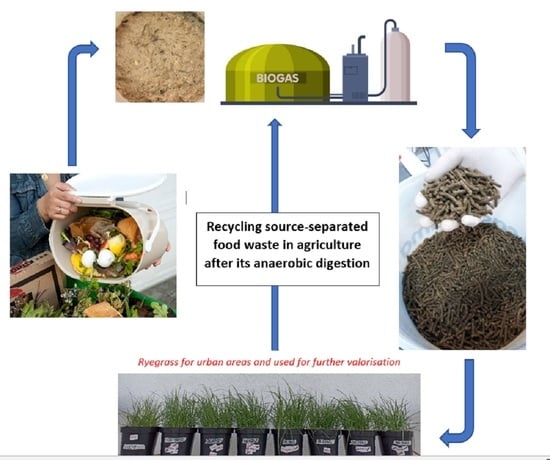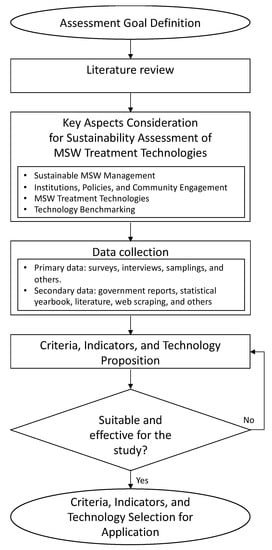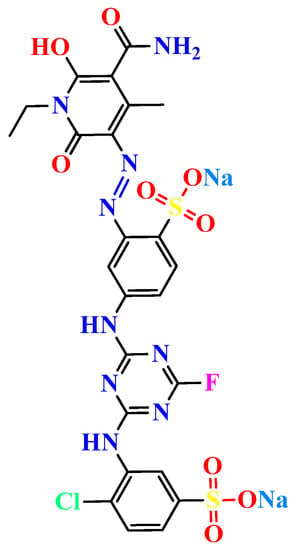Recovery and Recycling from Waste Streams
A project collection of Sustainability (ISSN 2071-1050). This project collection belongs to the section "Waste and Recycling".
Papers displayed on this page all arise from the same project. Editorial decisions were made independently of project staff and handled by the Editor-in-Chief or qualified Editorial Board members.
Viewed by 32302Editors
Interests: waste and wastewater treatment; waste recovery and recycling; machine learning-based waste prediction
Interests: solid waste management; hazardous waste management; circular economy
Project Overview
Dear Colleagues,
The improper management of increasing volumes of waste is a seen as a missed opportunity to recover the useful resources contained in them. The recovery of energy and resources from waste streams contributes to key concepts of the circular economy. Significant opportunities exist for waste recovery and recycling during collection, transportation and treatment processes. Thus, promoting, understanding and developing technologies and methods for recovering valuable materials and energy from waste flows are essential.
This Special Issue presents original studies on energy and resource recovery from waste streams. It also includes new results on waste recycling and sustainable management methods toward the circular economy. Furthermore, this Special Issue offers a foundation for engineers, managers, and researchers to exchange results and progress in waste recovery, recycling, and linked areas. We invite studies related but not limited to one or more of the following topics:
- Recovery of materials from waste (or by-product or wastewater);
- Recovery of energy from waste (or by-product);
- Waste biorefinery;
- Recycling of all waste types;
- Sustainable waste management toward recovering resources and energy.
Dr. Xuan Cuong Nguyen
Dr. Sunil Herat
Dr. Kieu Lan Phuong Nguyen
Guest Editors
Manuscript Submission Information
Manuscripts should be submitted online at www.mdpi.com by registering and logging in to this website. Once you are registered, click here to go to the submission form. Manuscripts can be submitted until the deadline. All submissions that pass pre-check are peer-reviewed. Accepted papers will be published continuously in the journal (as soon as accepted) and will be listed together on the collection website. Research articles, review articles as well as short communications are invited. For planned papers, a title and short abstract (about 100 words) can be sent to the Editorial Office for announcement on this website.
Submitted manuscripts should not have been published previously, nor be under consideration for publication elsewhere (except conference proceedings papers). All manuscripts are thoroughly refereed through a single-blind peer-review process. A guide for authors and other relevant information for submission of manuscripts is available on the Instructions for Authors page. Sustainability is an international peer-reviewed open access semimonthly journal published by MDPI.
Please visit the Instructions for Authors page before submitting a manuscript. The Article Processing Charge (APC) for publication in this open access journal is 2400 CHF (Swiss Francs). Submitted papers should be well formatted and use good English. Authors may use MDPI's English editing service prior to publication or during author revisions.
Keywords
- waste recovery
- waste recycling
- energy recovery
- material recovery
- by-product recovery
- waste biorefinery




















